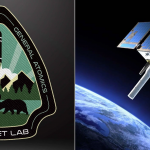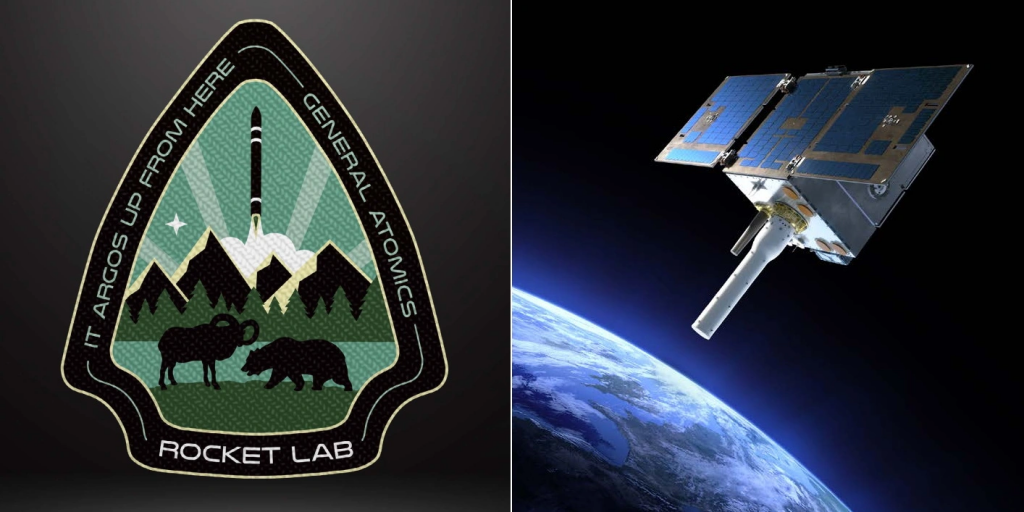Every month we recap some of the top stories in space, entrepreneurship, innovation, business, and technology.
With many exciting advancements in the international space sector, here is our recap for October 2022.
On 7 October at 13:09 EDT, Rocket Lab launched a new wildlife tracking satellite into orbit. For the mission nicknamed ‘It Argos Up From Here’, this new satellite will serve as part of the international Argos wildlife tracking program, collecting data on wildlife movement from thousands of sensors, especially for sea turtles and marine mammals. Read more about Argos here.
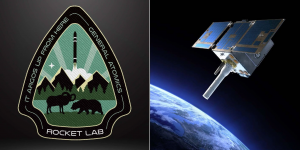
Argos mission patch and an artist rendering of the wildlife monitoring satellite in orbit. (Image credit: Rocket Lab)
On 8 October, the new Scottish rocket startup, Skyrora, failed its first test flight. While the suborbital Skylark L rocket successfully launched from an Icelandic launch pad, the rocket failed to reach space and fell into the Norwegian Sea roughly 500 meters off the coast. However, the launch was viewed as a significant milestone, paving the way for Skyrora’s first vertical launch attempt from UK soil in 2023. Read more here.
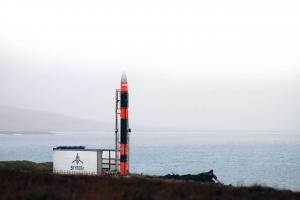
Skyrora’s suborbital Skylark L rocket on the launch pad. (Image Credit: Skyrora)
Texas-based startup Nanoracks made in-space manufacturing history. For the first time, they tested a new technology that could break up space debris in orbit. A recent SpaceX rideshare flight hosted a robotic arm that softened a piece of metal space junk using friction – a technique that could help minimize and protect against space debris in the future. Read more here.
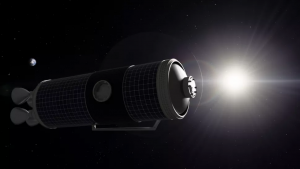
Artist rendering of a Nanoracks experiment hub. (Image credit: Nanoracks)
NASA astronaut Nicole Mann became the first female Native American to go into space. Part of SpaceX’s Crew-5 mission, Mann launched with three other astronauts on 5 October, heralding a milestone for in-space diversity, representation, and collaboration. Read more here.
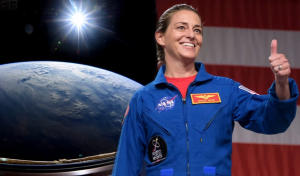
NASA astronaut Nicole Mann posing at a press conference preflight. (Image credit: NASA)
China successfully launched a new satellite known as the Advanced Space-based Solar Observatory (ASO-S) to study the sun and improve space-weather predictions. The spacecraft, nicknamed Kuafu-1, has been in development since 2011 and was placed in a sun-synchronous path on 8 October roughly 720 km above the Earth. Read more here.
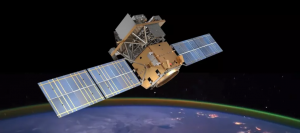
Artist rendering of the ASO-S satellite above the Earth. (Image credit: CAS)
California-based startup SpinLaunch has completed its 10th successful test launch. Their unique Suborbital Accelerator system – a rotating arm – allows them to “slingshot” small satellites into low, near-Earth orbit. The successful demonstration proved the system’s reliability and reinforced their plan to develop a cheaper and more environmentally friendly orbital launch system. Read more here.
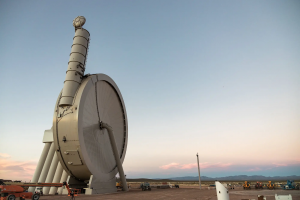
New Mexico-based SpinLaunch Suborbital Accelerator system. (Image credit: SpinLaunch)
